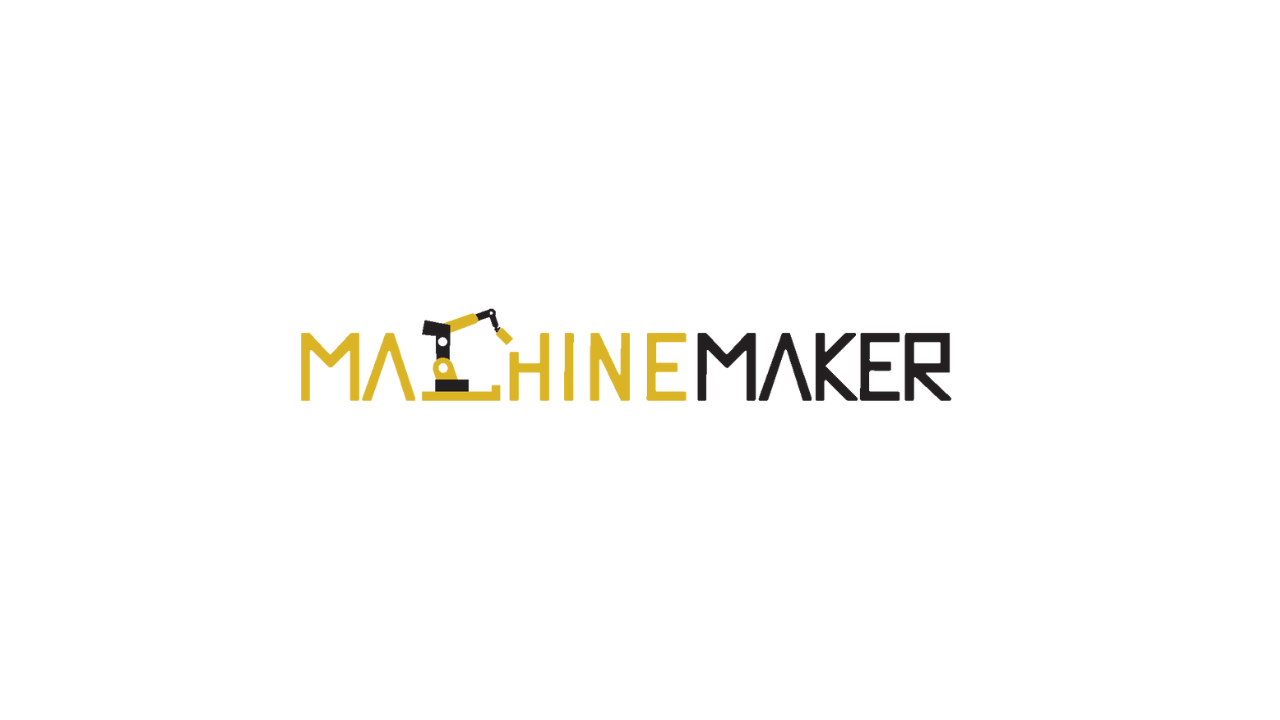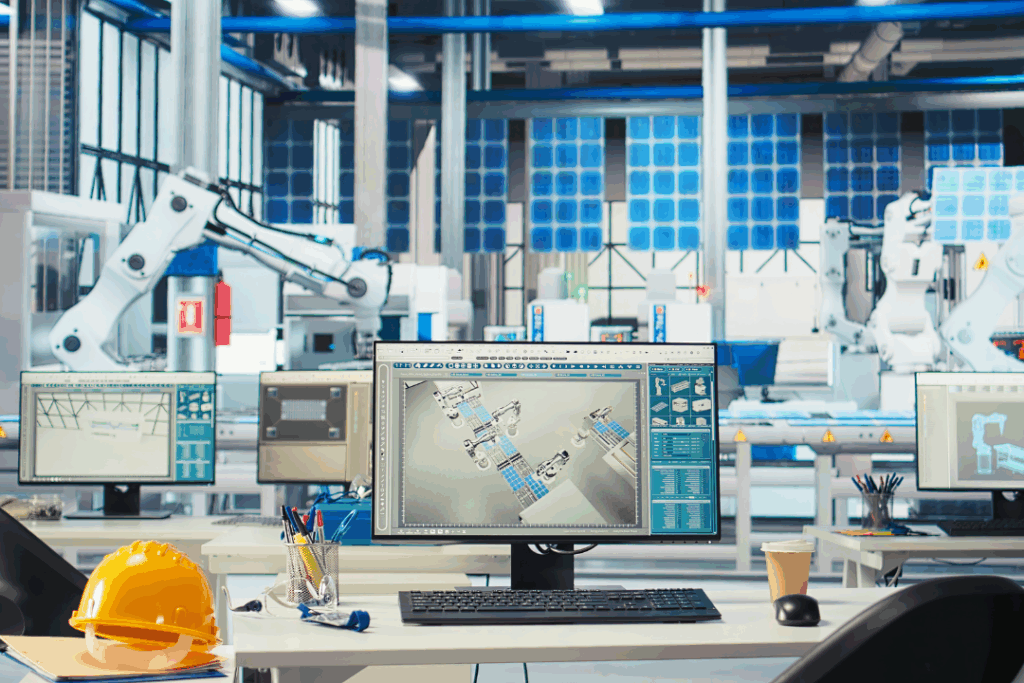- 3D printing is the future of the manufacturing industry and can bring out the next industrial revolution
- Its wide applications cover automotive, aerospace, defence, architecture & construction, educational institutes, health science & prosthetics, rapid prototyping, robotics & automation, product design etc.
- India's 3D printing market is projected to grow at around 20% CAGR during 2014-19
These days, with the boom in cutting edge technology, one can print anything whether it is vegan meat or manufacturing tools, thanks to 3D Printing. Undoubtedly, the emergence of Additive Manufacturing or 3D printing has revolutionized the entire manufacturing phenomenon with its sophistication and cost-effectiveness, and thus it is anticipated that the next big leap in manufacturing will be driven by 3D printing since it has made considerable progress in the past few years with numerous milestones shaping the industry.
Along these lines, to present a broader picture of 3D Printing, Machine Maker interacted with a young yet experienced influencer, Technocrat, and an Entrepreneur, Siddhartha Vedpathak, who is currently associated with Pelf Infotech Pvt Ltd (one of the best organization in AM Industry) as a Senior Business Development Executive and is additionally an award-winning exclusive value-added reseller for Markforged (USA), BigRep (Germany) and Artec 3D (Luxembourg) looking after Indian operations.
Journey to 3D Printing
Siddhartha mentioned that his path towards endeavouring excellence in the field of 3D printing has been somewhat uncertain since after completing his BE (Mechanical) and MBA in Marketing, he began working in rubber/tyre/ plastic machine manufacturing industry, where he acquired 6 years of experience in handling capital equipment’s techno-commercial deals in domestic as well as overseas market along with expertisation in rubber processing equipment. Further, after handling marketing giants like Bridgestone, Apollo, MRF, CEAT Tyres, Trelleborg, Wacker Silicons etc he finally got his hand over Additive Manufacturing.
Professionally I got into the Additive Manufacturing domain a couple of months back but the interest in AMT developed back in 2014 when one of my close friends started working with a Metal 3D Printer giant. I started learning about AMT out of curiosity and being tech-savvy, we used to discuss the technology and cases. In fact, I was always astounded by how 3D printing can change the manufacturing era and kept learning about it past 6 years
Siddhartha Vedpathak
Senior Business Development Executive, Pelf Infotech Pvt Ltd
Scope of 3D Printing
Although 3D printing has garnered the attention of numerous entrepreneurs nationwide, many wonder what exactly 3D printing is. 3D printing is the technology, in which a 3D object is formed by laying down successive layers of raw material from a digital 3D CAD file, or simply it can be termed as the process of creating a three-dimensional solid object through a digital file. Siddhartha included that there are seven types of 3D printing methods viz. Fused Deposition Modelling, Vat Polymerization, Material Jetting, Binder Jetting, Direct Energy Deposition, Sheet Lamination, and Powder Bed Fusion. “Fused Deposition Method is the most popular amongst all seven methods and the most common materials that can be 3D printed incorporate plastics, metals and composites. Apart from this, bio-ink, food, concrete/cement/sand, etc can also be printed,” says Siddhartha.
Even though with a myriad of new developments and applications, the industry continues to grow and become more solidified, it is natural to wonder what the future holds for 3D printing industry since earlier prototyping was considered to be the only application.
3D printing is the future of the manufacturing industry and can bring out the next industrial revolution since it has no limitations in terms of applications
We are living in an era where human organs are even 3D printable with the utilisation of a biocompatible plastic or bio-ink, henceforth, I think this case is self-explanatory about 3D printing potential. In fact, in my opinion, this technology is going to do miracles in the healthcare sector particularly.” He further added that it can offer services to a large number of sectors ranging from automotive, aerospace, defence, architecture & construction to educational institutes, health science & prosthetics, rapid prototyping, robotics & automation, product design etc.
3D Printing vs. Conventional Methods
Fundamentally, one of the most significant advantages of 3D Printing is Rapid Prototyping (RP). It is the method of designing, manufacturing & testing a component/product in as minimum time as possible. Illustrating the advantages of 3D printing Siddhartha added, “If we go by a conventional method to design, manufacture & test a component then it might take almost 4 weeks, where the cost will keep hiking. Now it is a boon if the part is successfully tested in first revision itself, otherwise, it will take another 4 weeks to manufacture and incur an additional cost. Thus this process will continue until the final iteration is successful. However, with AMT, a window of 4 weeks can be reduced to 2-3 days (depending on material properties and component intricacy), where the cost will be nominal and if the iteration needs design revisions then it will simply take another 2-3 days”.
Apart from RP, Siddhartha referenced that an individual has design freedom in AMT (where imagination is the only limitation) and can produce intricate geometries. Meanwhile, it permits a real-time demonstration of the product to the client without any misconception. “It helps in reduced quality & consistency risks in real-time production and has very little to no material wastage, unlike conventional manufacturing processes,” says Vedpathak.
3D Printing in India
In India, 3D Printing is still at the nascent stage and is foreseen that it will bloom in the upcoming years. Indeed, according to research conducted by 6Wresearch, India's 3D printing market is projected to grow at around 20% CAGR during 2014-19. Currently, under the grasp of COVID-19 pandemic, Siddhartha states that numerous industries have received ample opportunities from 3D printing, which has been utilised to manufacture masks, shields, ventilators, swabs and much more. “So, for the ‘B-Quadrant’ people, the pandemic is never a situation to lose business. And of course, we expect that it will grow in the post COVID era. In fact, my team is putting all the efforts to reach out to potential sectors to explain different applications, advantages and spread awareness about 3D Printing capabilities,” says Siddhartha.
Future Plans and the Roadmap Ahead
Since 3D Printing is an emerging technology in India, it is slightly expensive if not leveraged up to its full potential, and as India is price-conscious market industrialists are usually reluctant to accept this new technology even though it is highly beneficial. Yet Siddhartha believes, within the next few years it will become familiar to the nation with proper technical consultations and Product benchmarking.
Anything & everything can be 3D printed, we just need to change our perception of the manufacturing process
While discussing the roadmap ahead, he added, “As I have always been very fond of AMT, I have plans to remain in this industry and increase my EQ by getting industry-explicit knowledge and do remarkable work. I intend to increase horizons of my knowledge and render my services to the industry by providing efficient solutions and I always believe in people before business and that attitude has always rewarded me with the loyal customer base and strong business relationships”.
For any details contact: https://www.pelfinfotech.com/







